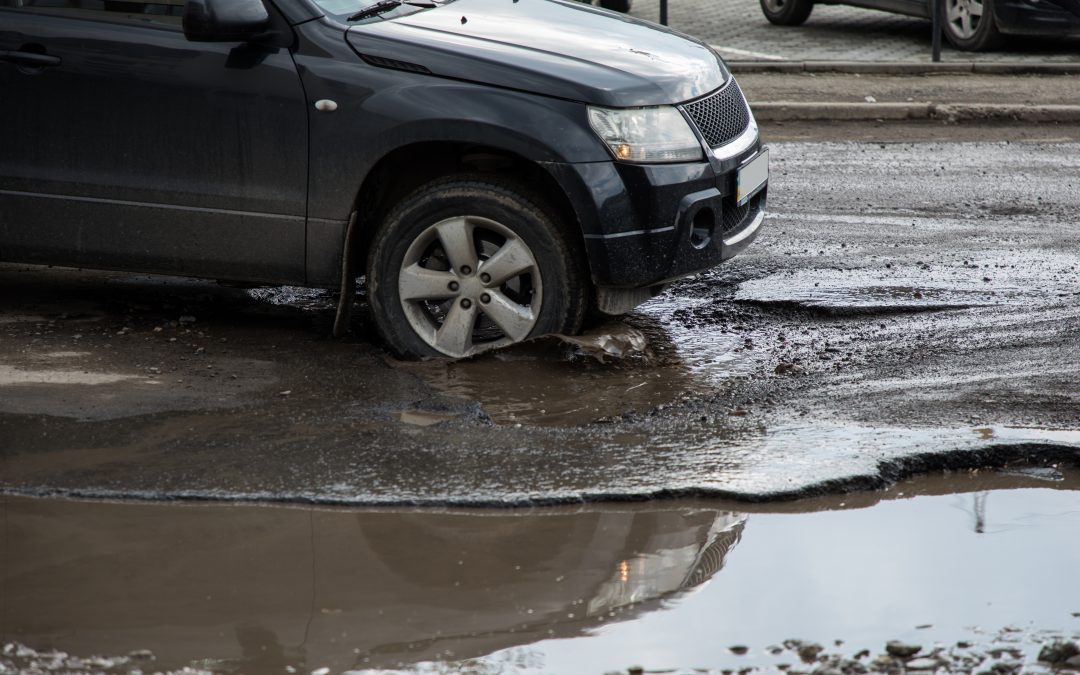This story appeared in WOOD TV. Read more here.
A new report highlights a major gap in funding needed to maintain and improve roads and bridges in Michigan.
The Keeping Michigan Mobile report released by TRIP, a national transportation research nonprofit, is based on recent data from the Michigan Department of Transportation, the U.S. Department of Transportation, the Federal Highway Administration, and the National Highway Traffic Safety Administration.
The report shows despite increases in state and federal funding, Michigan still faces a $3.9 billion gap annually in funding for roadway maintenance and improvements. Another growing challenge is inflation.
“In 2022 and 2023 we’ve see a 43% increase in inflation in the cost of highway construction and repairs,” said Rocky Moretti, director of policy and research with TRIP. “That’s a federal measurement that looks at the cost of labor and materials and so unfortunately, this significant increase in construction inflation has really diminished the ability of additional funds to address the state’s transportation challenges.”
Moretti joined Rob Coppersmith, executive vice president of the Michigan Infrastructure & Transportation Association, and Ed Noyola, chief deputy & legislative director of the County Road Association of Michigan to discuss the report in a virtual press conference Tuesday morning.
Statewide, 21% of major roadways have pavements in poor condition, while 38% of roadways in Grand Rapids are rated poor. As for bridges, 11% across the state are in poor condition, with 6% in Grand Rapids having a poor rating.
Michigan also saw a 6% increase in traffic fatalities from 2019 to 2021. In Grand Rapids, an overage of 103 people were killed annually from 2018 to 2022.
These challenges come at a cost for everyday motorists. Michigan drivers lose a total of $17 billion per year in the form of extra vehicle operating costs as a result of driving on roads in need of repair, lost time and fuel due to congestion-related delays, and the costs of traffic crashes in which the lack of adequate roadway safety features was a likely contributing factor.
In the Grand Rapids area, that cost is broken down to nearly $3,000 per driver annually.
“This particular report, Keeping Michigan Mobile, I think really humanizes the situation that we’re in to the average traveler,” Coppersmith said. “This report puts it into the consumer’s hands to see that everyone is struggling to buy groceries and other things like that in this highly inflationary period we’ve been going through and these costs to the consumer are very hard to add up but they’re real costs.”
It’s a problem that transportation leaders said isn’t going away.
“If Michigan wants to be the state of growing population and increased business investment we cannot be complacent with the current condition of our infrastructure and we must invest in our transportation system to ensure a safe and reliable system for generations to come,” Nyola said.
That means looking at ways to slow down the issue of lack of funding because, on top of inflation, there’s something else that will continue to put a dent in revenue.
Lawton businesses struggle through Main Street road construction
“We’re moving to more fuel-efficient vehicles and so that’s certainly a positive in terms of fuel use, but obviously that will take a bite out of fuel tax resources and most states are finding that their fuel tax revenue is flat lining as we move to more fuel-efficient vehicles so certainly in terms of funding sustainability that is going to be a challenge moving forward,” said Moretti.
The hope is that this report will shed light on these issues and urge lawmakers to find long-term solutions.
“MITA is excited to see this information. We hope that it motivates people within the legislature to recognize this shortfall that’s coming and we want to maintain the great momentum we’ve had over the last several years that is moving us forward but again, we can slide back quickly if we don’t do something to address this gap,” Coppersmith said.

